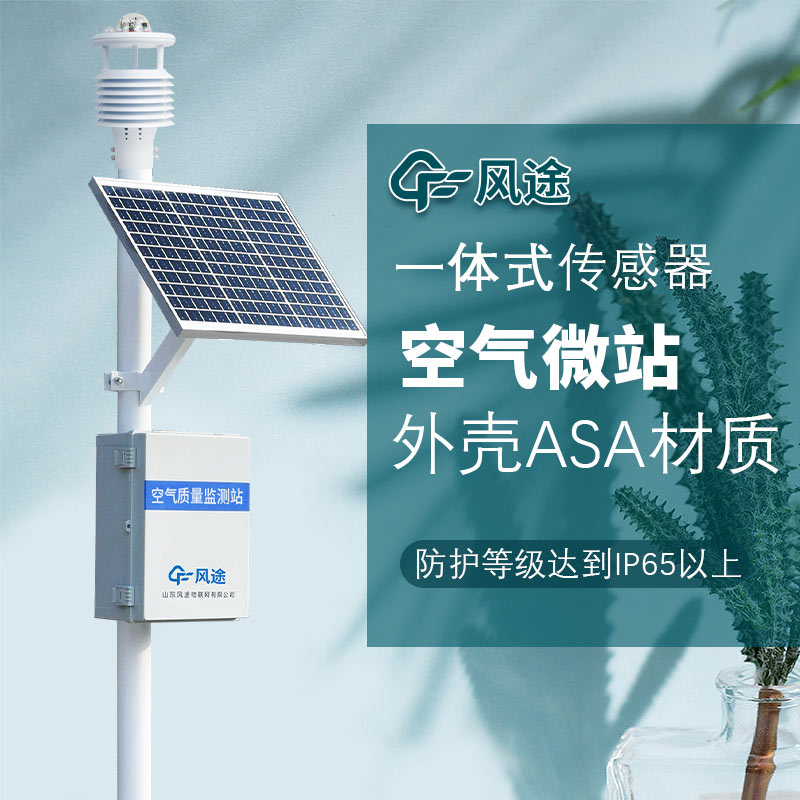Meteorological environment monitoring equipment supplier
Insist on doing high-precision customer favorite technology products
As people's living standards improve, they are increasingly concerned about the living environment. Nowadays, we can easily access not only weather forecasts but also real-time information on ambient air quality through media such as mobile phones and television.
So the question arises, where do you get this data from? And is it accurate?
Automatic ambient air monitoring stations are the key to obtaining air quality information. These stations operate around the clock, constantly monitoring and reporting air quality data. They provide timely and accurate air quality information to the public, help people make healthier travel choices, and provide scientific data to support the government's development and implementation of air pollution control policies.
Its monitoring elements are:
Meteorological parameters: temperature, humidity, wind speed, wind direction, air pressure, etc.
Gaseous pollutants: sulphur dioxide (SO₂), nitrogen dioxide (NO₂), carbon monoxide (CO), ozone (O₃), etc.
Particulate Matter: Including PM10 (particulate matter less than or equal to 10 microns in diameter) and PM2.5 (fine particulate matter less than or equal to 2.5 microns in diameter).
Volatile Organic Compounds (VOCs): these are a broad class of chemicals that include many different harmful gases.
Noise pollution: some monitoring stations may also be equipped with noise monitoring equipment to assess noise pollution levels.
The construction of small-scale automatic ambient air monitoring stations is essential to improve the coverage and accuracy of our urban ambient air quality monitoring network. These monitoring stations can capture subtle changes in air quality in real time and accurately, and reflect the distribution, transport and transformation of pollutants in a comprehensive and objective manner. They not only provide the public with timely guidelines on healthy travelling, but also provide the Government and scientific research institutes with valuable data resources, which can help analyse in depth the causes of pollution and assess the effectiveness of pollution control measures, so as to formulate and implement air pollution prevention and control strategies in a more scientific and precise manner. The deployment of these small monitoring stations also helps to raise public awareness of the environment and promote community participation in environmental protection, thereby contributing to the continuous improvement of air quality.
